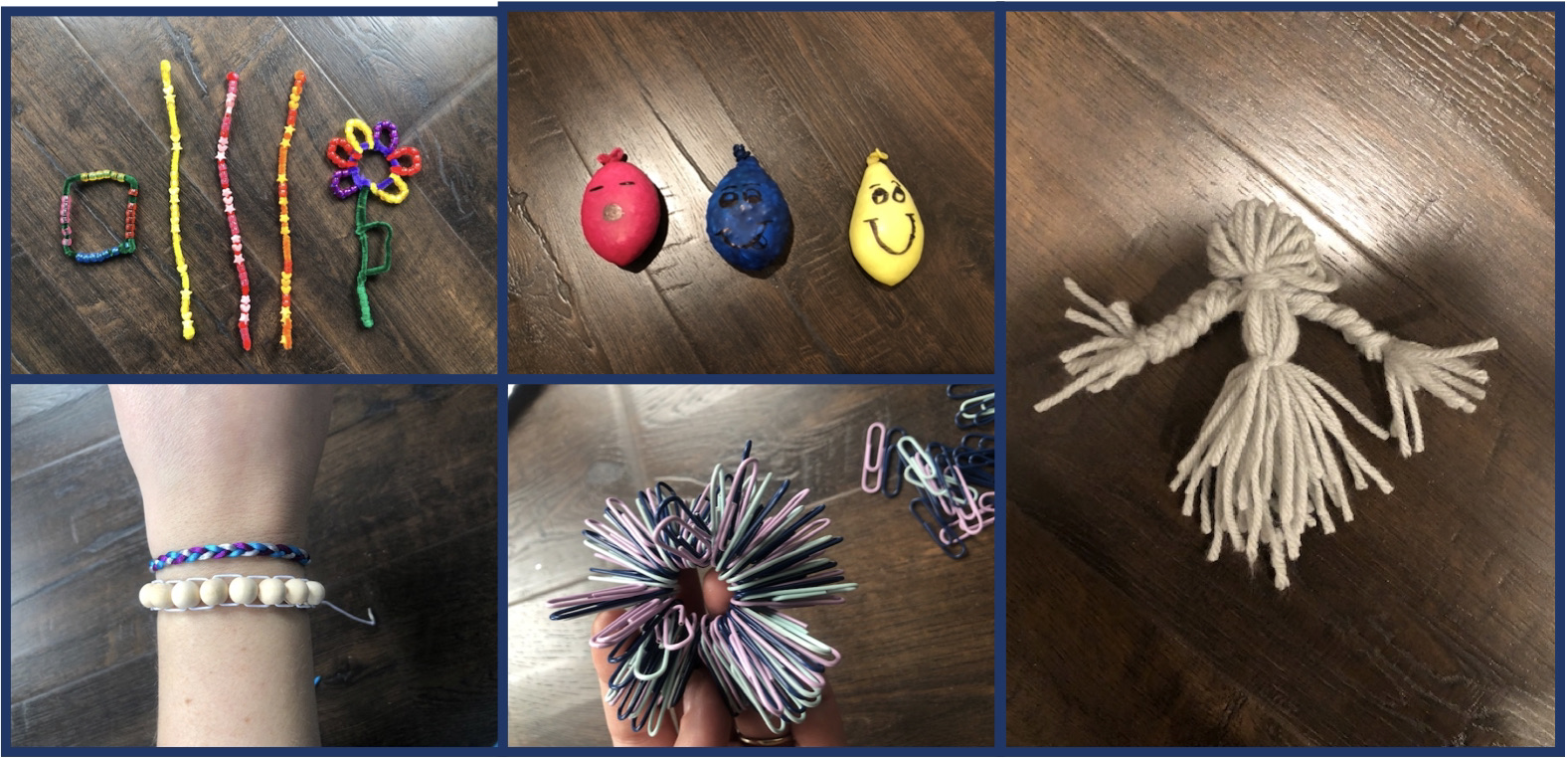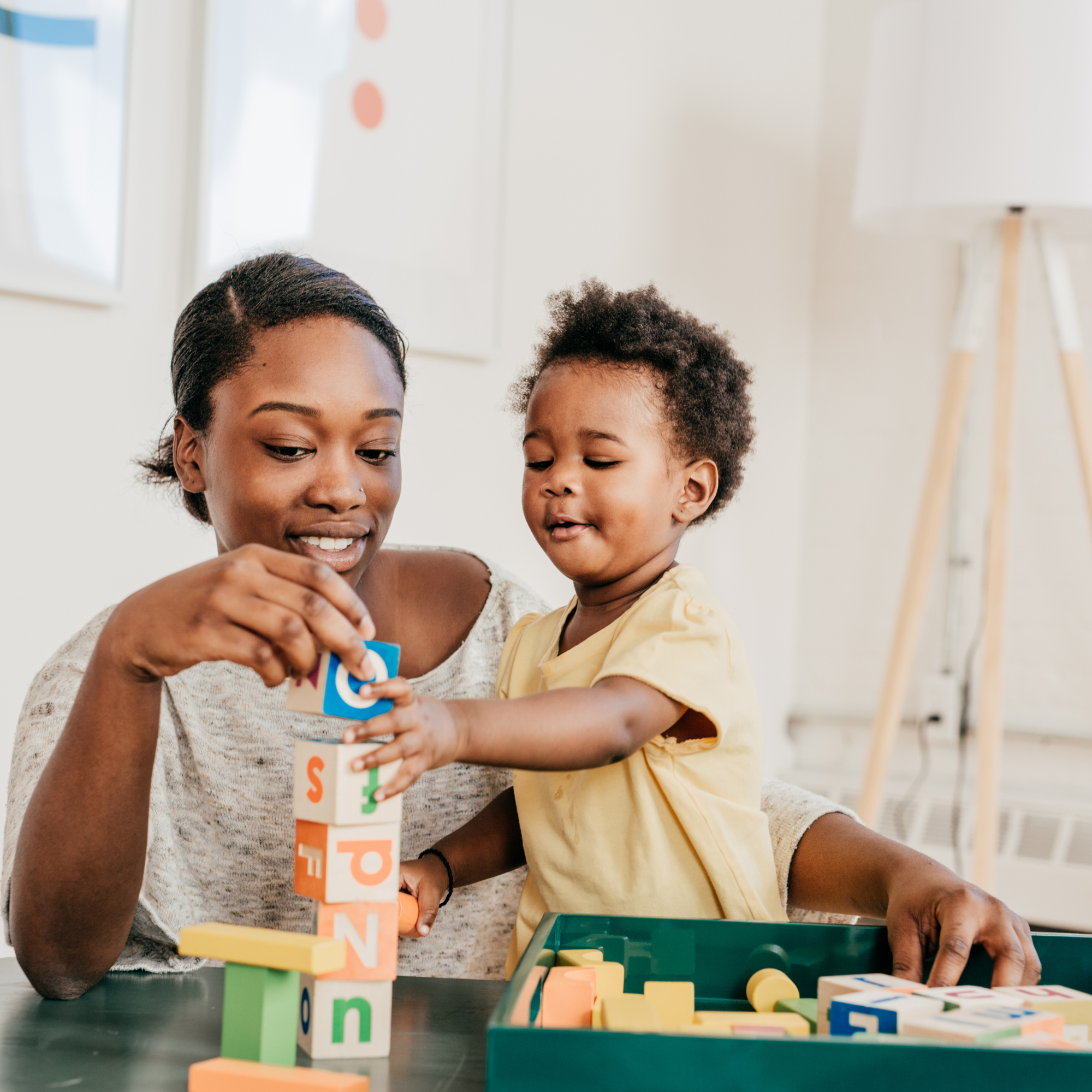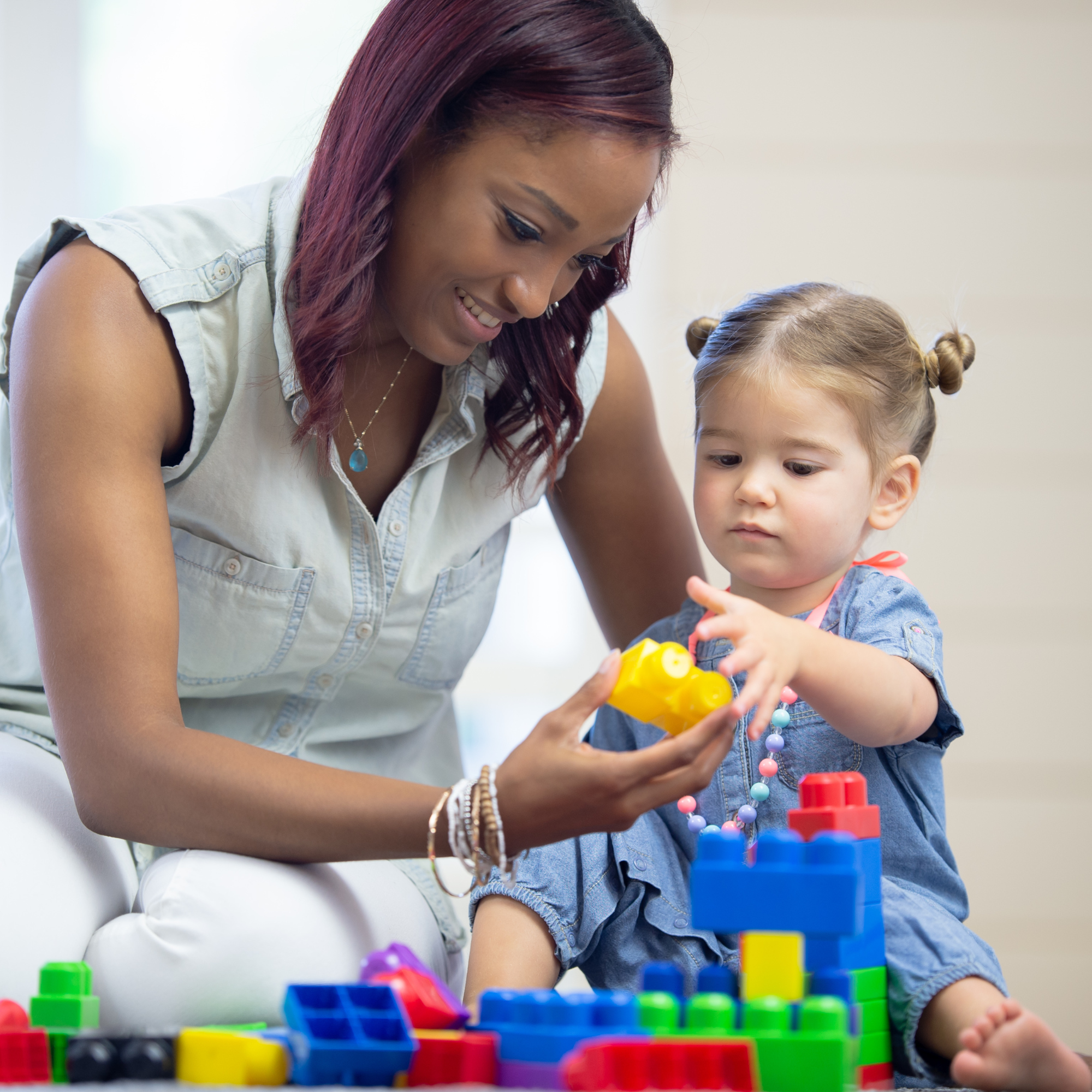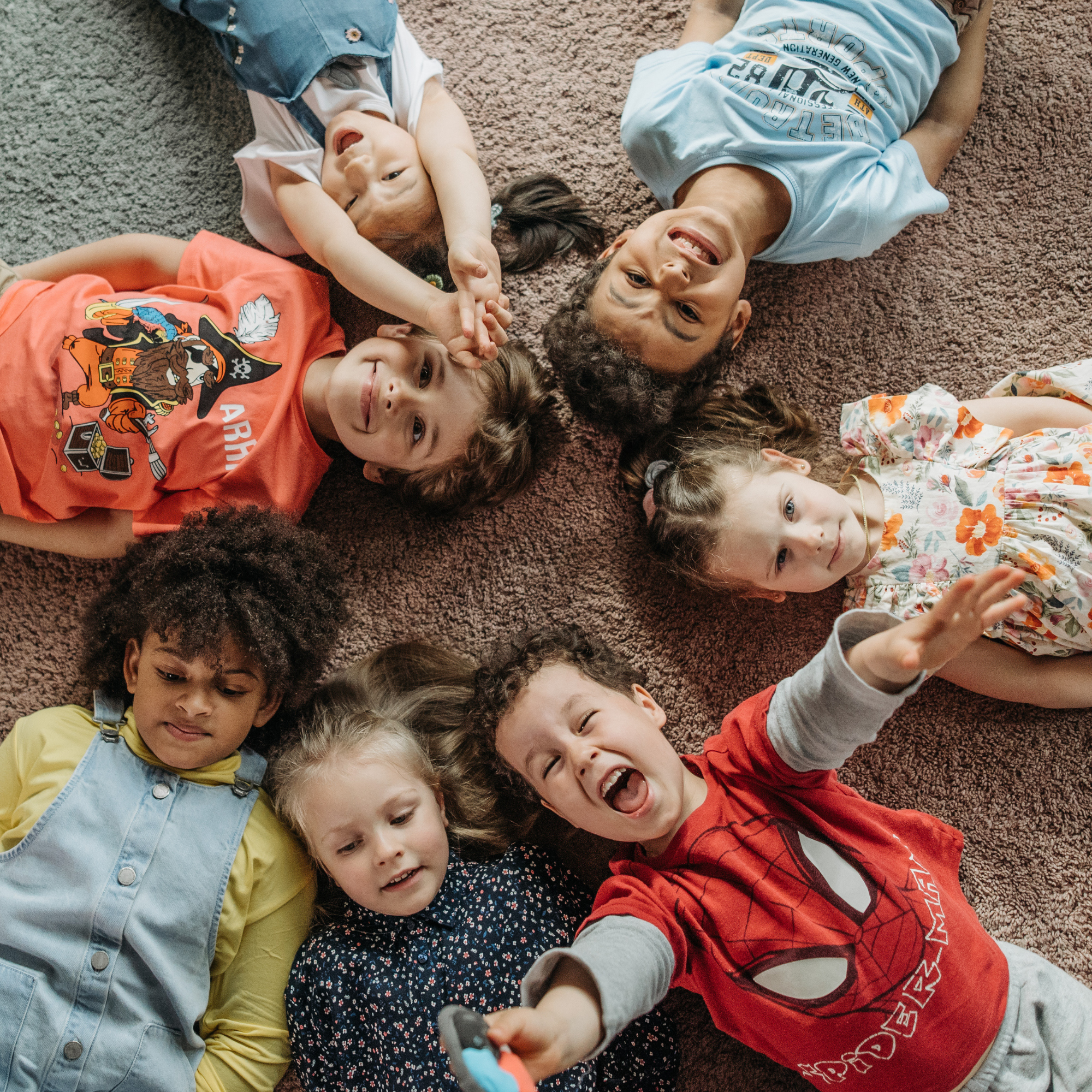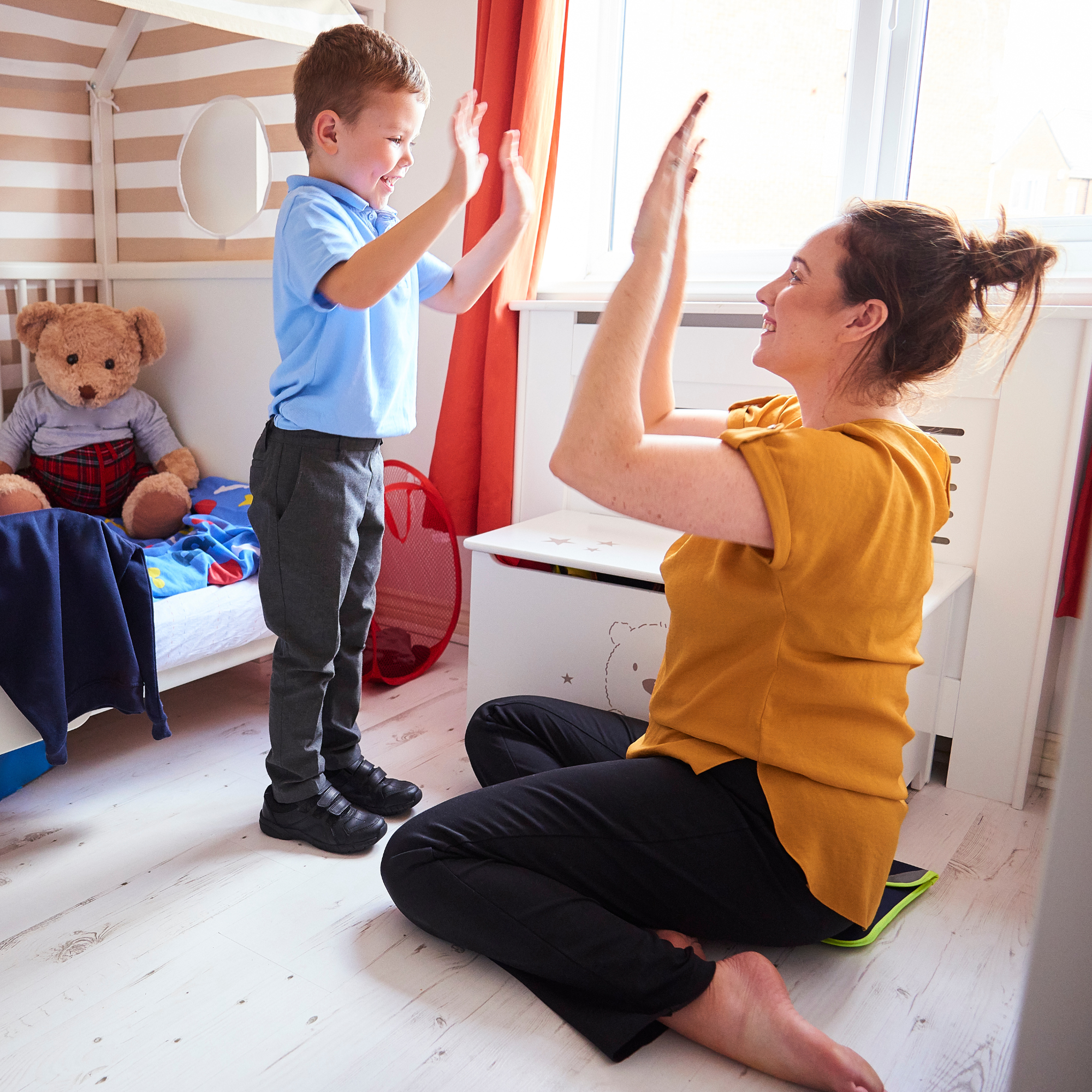As we find ourselves in this most unprecedented time, we as a community and nation try to determine how to come together and open the discussion. The best place to start the conversation is with your children and family. Children are the agents for change that have the opportunity to do better than those that have come before.
When do I talk to my children?
One of the largest misconceptions about talking to children about race and prejudice is that it is too early, or is primarily a conversation for adults. Children begin to recognize racial differences visually as early as 6 months old. By age 2.5 they develop in-group bias, choosing to play and interact with those of their own race. By 3 years old children will shift from in group bias to selecting the socially superior group. When asked who they would prefer to play with all children will select the white playmate.

The important thing is that just because children develop racial bias, it does not mean you have done anything wrong. Research has shown that explicit teaching is not required for children to develop bias, and is not necessarily related to the views of their parents. Society and the environment teaches a lot of the bias and prejudices that exist in society. They learn from what their neighborhood looks like, their schools, television and other media, etc. With that being said, you do have the opportunity to change their views and help them develop a better understanding by beginning these discussions with them early. This does not mean that you are too late if you have older children. It is ok to start now.
How do I start the conversation?
Starting the conversation with your children may seem like a very intimidating task. Depending on the age of your child and how comfortable you feel with starting the conversation, you may want to consider using books or stories. You can start by reading the stories to your child and pointing out some of the ideas about race or prejudice. Allow your child to ask questions about the story; below are resources for finding and selecting books for children. Be willing to answer all of your child’s questions, but be honest. If you don’t know about something or are unsure how to answer the question, tell your child and look for the answer.
Try to remain positive in any responses from your child. If they say something that might typically produce a “don’t say that” response from you, instead engage with them and ask why they said it. Then, explain how they can do better. Be honest about your own experiences, tell them how you have addressed or overcome your bias. Be specific and provide the truths of inequality; it is a bigger society issue and not just a character flaw of a few bad people.
When selecting resources, be careful of using those that make racism appear to be a thing of the past. This idea could potentially reinforce bias. Teach them all the ways to evaluate a person beyond their outward appearance; discuss both similarities and differences between yourselves and others. Understand that the conversation will be ongoing, and that helping your children understand racism and bias is a marathon, not a sprint.
What happens after the conversation?
While what you say it is important, what you do is even more important. Be a model for your children! Address bias and promote diversity. If diverse environments are not directly available to you, there are plenty of activities you can plan.
- take them to museums that show diversity
- watch movies and shows that provide diverse characters and situations
- enroll them in extracurricular activities that provide exposure to a more diverse group of children than their school might provide
Show them how you yourself respond to racism, as well as providing them with additional positive role models. Help them develop ways that they can make a difference in the lives of others. If you are interested in researching further and finding other ways to become informed and help inform your children, below are some resources.
Upcoming show:
“Coming Together: Standing Up to Racism” – from CNN and Sesame Street – airing Saturday, June 6 at 10am ET
https://www.cnn.com/2020/06/02/us/cnn-sesame-street-standing-up-to-racism/index.html
Books:
“Anti-Bias Education for Young Children and Ourselves”
https://www.naeyc.org/resources/pubs/books/anti-bias-education
“A Kids Book About Racism”
https://akidsbookabout.com/products/a-kids-book-about-racism
Book Lists:
https://socialjusticebooks.org/booklists/early-childhood/
Websites:
Raising Race Conscious Children | Resource for Talking …
https://nmaahc.si.edu/learn/talking-about-race




